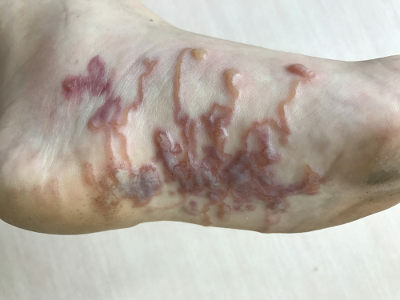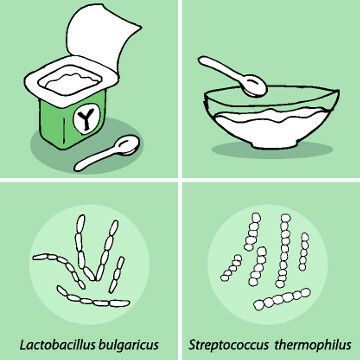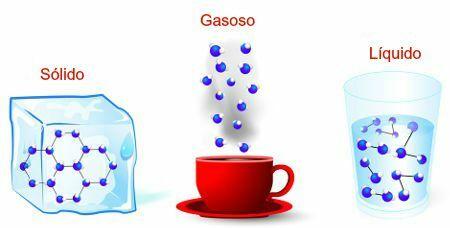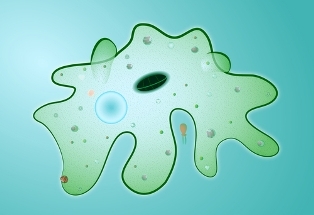Have you ever heard of geography and foot bugs? Despite what many people think, these two "bugs" have many differences and cause totally different problems. Shall we find out more about them?
→ Geo-Bio
O geography animal is caused by a parasite called brazilian ancylostoma and, less often, by the Ancylostoma caninum.These parasites are nematodes and have a cylindrical body with tapered ends.
These parasites are found in the intestines of cats and dogs that, when depositing their feces in the soil, release the nematode larvae into the environment. When having contact with this larva, walking barefoot, for example, we can contract the so-called cutaneous larva migrans or “geographic bug”.
The main characteristic of this disease is itching and the formation of tunnels in the skin due to the migration of larvae under this tissue. The tunnels are similar to map drawings, hence the name “geographic beast”. The main risk of this disease is related to secondary infections, which can arise as a result of injuries caused by the act of scratching the area affected by the movement of the larva.

Injuries caused by movement of the nematode
The “geographic bug” can be treated with drugs that kill the parasite, which can be for oral or topical (external) use. To avoid contracting the disease, some precautions can be taken, such as always wearing shoes, not contacting direct with places where there are animal feces, take care of the health of pets and always collect feces their.
→ Peanuts
Tungiasis, also known as prickly pear, is a parasitosis caused by a flea, the tunga penetrans. This disease occurs when the fertilized female of this flea penetrates the skin, causing pain and itching. In general, this happens on the feet of people who walk unprotected, hence the name “bicho-de-pé”.
The flea's head is in the skin, while its final portion is outside, and it is this part that eliminates eggs and droppings. About a week after the penetration of this parasite, it is observed that the female has the size of a pea because of the amount of eggs in her body. After a few days, the eggs are released and, soon after, the female leaves. On average, the flea remains in the parasitized body for four to six weeks.
The treatment of this disease is based on the removal of the flea, which must be done with sterile needles and in a suitable place to avoid contamination by bacteria. When there is secondary infection, antibiotic use is recommended. As with the geographical animal, prevention can be done by avoiding going barefoot.
→ Differences between the geographic bug and the foot bug
After analyzing these two diseases, we can conclude that they are different problems. The geographic bug is caused by a nematode, and the foot bug is caused by an insect. In addition, the geographic bug moves under the skin, and in the case of the other disease, the flea develops in a single location. Despite these differences, it is important to remember that it is possible to protect yourself from these two nuisances with the use of shoes.



